Teaching activities in risk and vulenrabilility communication for citizen preparation
Keywords:
Risk and vulnerability communication, teaching activities, citizen preparednessAbstract
Introduction: This study aims to enhance risk and vulnerability communication through teaching activities as a means of citizen preparation in countries such as Cuba, taking the communities of O'Bourke and Pastorita in the city of Cienfuegos as a reference. Materials and methods: The methodology applied with a qualitative approach, with the unity of the analytical-synthetic and inductive-deductive methods both to determine the theoretical and methodological foundations on the participation of social actors and teachers from the University of Cienfuegos. The interviews were carried out with residents of the communities of O'Bourke and Pastorita to determine the degree of understanding of risk and vulnerability communication. Documentary analysis, both methods at the empirical level, made it possible to collect testimonies and bibliographic data. Results: The management in risk and vulnerability communication is described as a contribution to citizen preparation through teaching activities that allow organizing messages based on their characteristics; Languages, channels, and spaces, through rational, coherent, and creative use in accordance with the context, allow for preparation in disaster situations. Discussion: In the analysis of risk and vulnerability communication in the face of natural disaster risks, the content is strengthened in practice in a dialectical unity formed by actions that allow for preparedness in communities at risk and vulnerability, such as Pastorita and O'Bourke, both located in the provincial capital of Cienfuegos. Conclusions: In the teaching activities developed, several forms of communication were evident from a participatory and effective perspective. These allow citizens to understand the importance of communication for prevention, mitigation, and emergency response in disaster situations, as well as the importance of these in the management of organizations. This promoted new ways of carrying out community work and citizen preparedness through the teaching process itself.
References
Alfie, M. (2017). Riesgo Ambiental: La aportación de Urich Beck. Revista Sociología, 73, 174 -182.
Alonso, Leyva, O. y Santana, González, Y. (2023). Gestión psicosocial de riesgo sísmico en la ciudad de Santiago de Cuba. Maestro y Sociedad, (Monográfico Educación Médica), 121-131. https://maestroysociedad.uo.edu.cu
Cardona, O. D. (2003). Gestión integral de riesgos y desastres. [Tesis de maestría inédita. Universidad Nacional de Colombia].
Gervilla–García, E., LLoret-Irles.D., Cabrera–Perona. V., Fernandez. I. (2023).Diseño y validación de una escala de mediación parental para las tecnologías de la información y la comunicación TIC). Journal for the study of education and development, 46(3), 492-528 https://doi.org/10.1080/02103702.2023.2191428.
Ginés A, Peña. (2023). Derecho a la desconexión y prevención de riesgos laborales derivados del uso de la tecnología. Rev Labos, 4(1), 130-150.
Chiavenato, I. (2007). Introducción a la teoría general de administración. Decimoséptima edición en español. McGraw-Hill/Interamericana Editores.
Hernández–Sampieri, R. & Mendoza. C. (2018). Metodología de la investigacion cualitativay mixta. Ciudad Mexico. Editorial Mc Graw Hill Education.
Lavell, A.M (2006). Del Concepto de Riesgo y su Gestión a los parámetros para la Acción: Un Resumen Básico, https://riesgoycambioclimáticoorg/tallerQuito/Presentación
León, F.M., Saladrigas, H. & Leon, F.E.( 2024). Percepcion sobre comunicación organizacional y su gestion en porcesos de evaluacuion yacreditacion universitaria. Alcance, 13(32), 93-105.
López-de-Ayala, M. C., Ponte, C., & Martín-Nieto, R. (2021). Mediación parental y habilidades digitales de los adolescentes de la Comunidad de Madrid: Competencias y desempeño. Revista Latina de Comunicación Social, 79(79), 111–132. https://doi.org/10.4185/RLCS-2021-1523
Martin Serrano M. (1982). Teoría de la Comunicación I. Epistemología y análisis de la referencia, Alberto Corazón (segunda edición, revisada y ampliada; primera edición 1981). Madrid.
Menéndez, M., Trelles, R. J., Baldía, A.T. & Donoso, F (2023). Reflexiones en torno a la gestión de la comunicación de riesgo a propósito de la Covid -19. Alcance, 9(24).
Neuhaus, S. (2013). Identificación de factores que limitan una implementación efectiva de gestión de riesgos. [Tesis de maestría Lima] http://hdl.handle.net.
Selman, M. (2023). Derecho a la comunicación para la gestión del riesgo de desastres: Experiencias de medios comunitarios, alternativos y populares en el partido de La Matanza, Argentina. Revista de Estudios Latinoamericanos sobre Reducción del Riesgo de Desastres REDER, 7(1). https://doi.org/10.55467/reder. v71.117
Sonck, N., Nikken, P., & de Haan, J. (2013). Determinants of Internet mediation: A comparison of the reports by Dutch parents and children. Journal of Children and Media, 7(1), 96–113. https://doi.org/10.1080/17482798.2012.739806
Published
How to Cite
Issue
Section
License
Copyright (c) 2025 Leticia León González, Dámaris Expósito Unday, Yorkys Santana González, Adelin García Hernández

This work is licensed under a Creative Commons Attribution-NonCommercial-NoDerivatives 4.0 International License.
This journal provides immediate open access to its content, based on the principle that offering the public free access to research helps a greater global exchange of knowledge. Each author is responsible for the content of each of their articles.

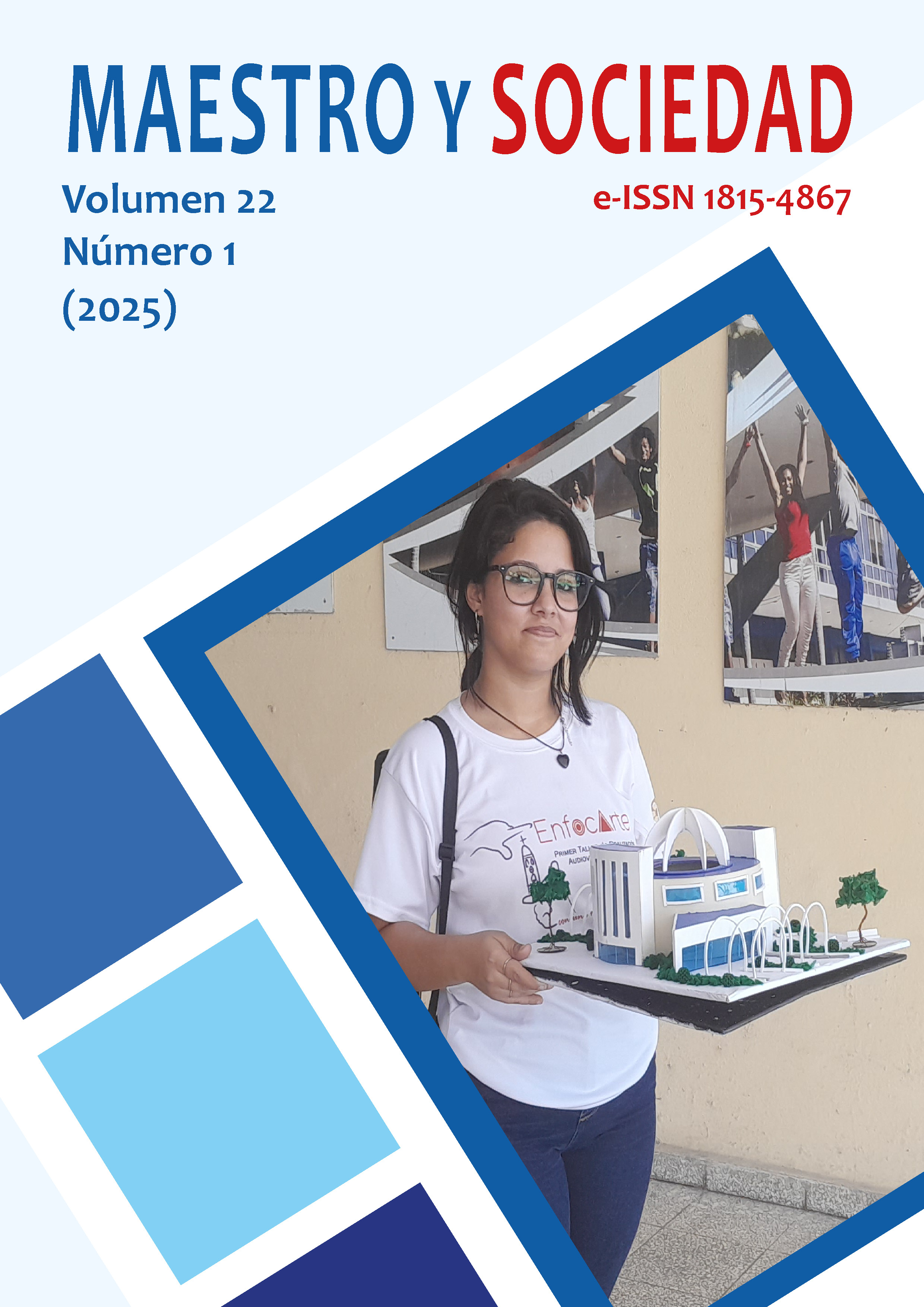








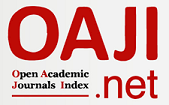

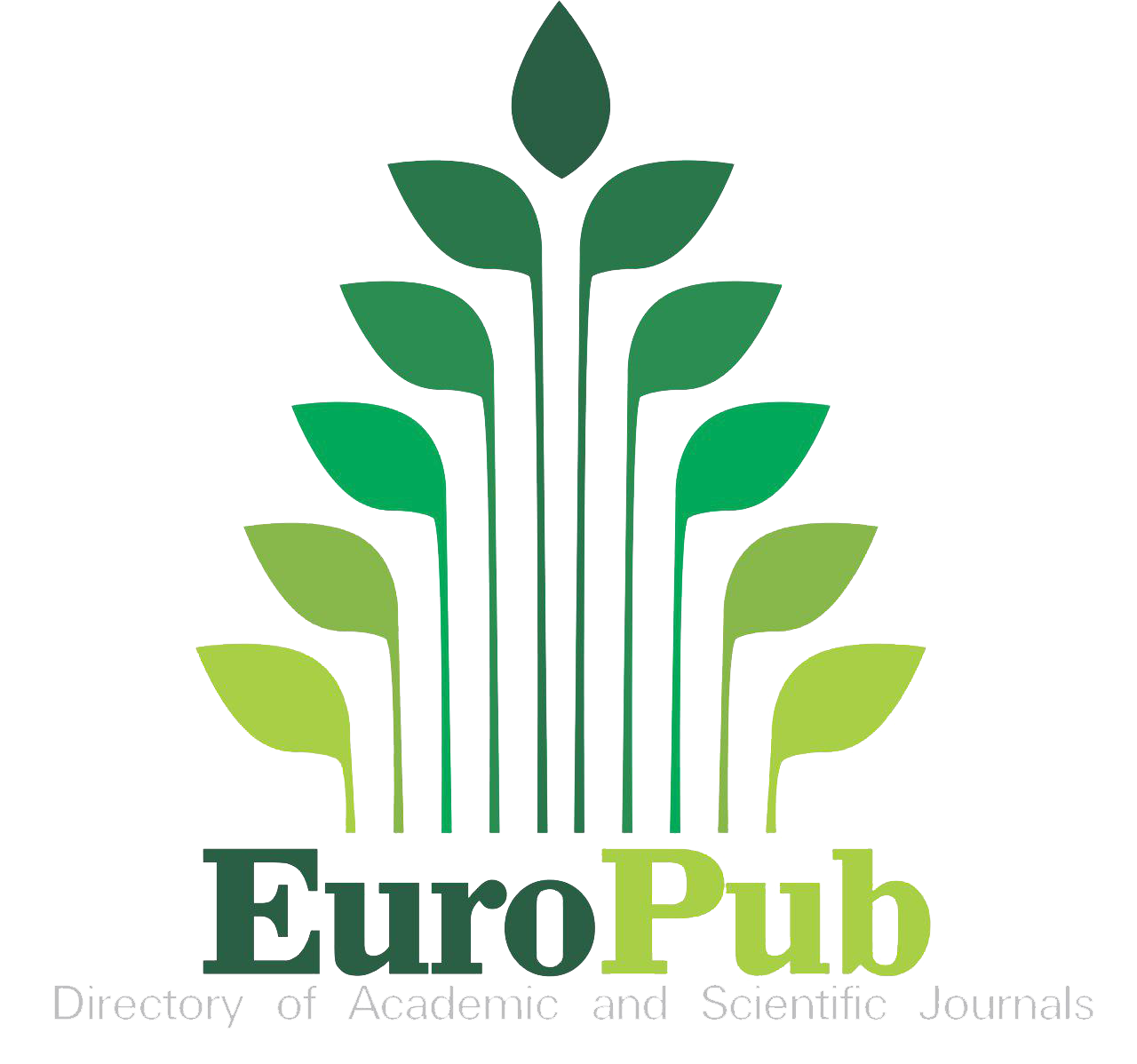



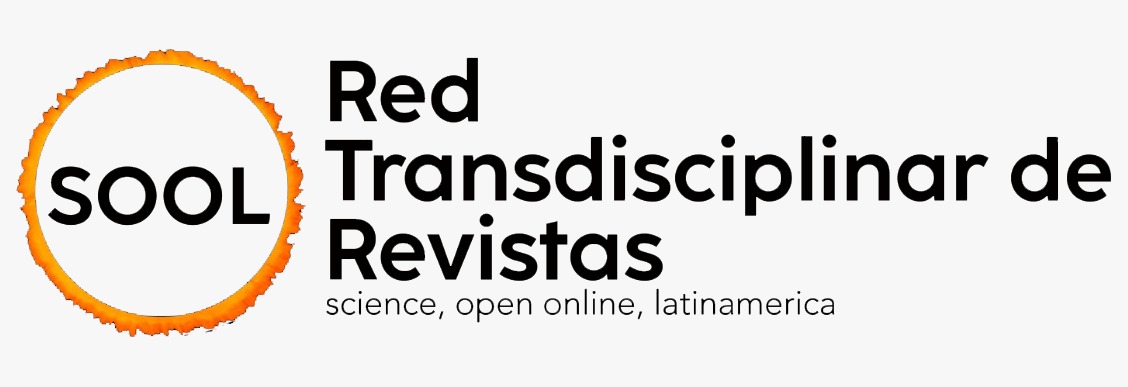



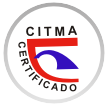






 Universidad de Oriente
Universidad de Oriente 